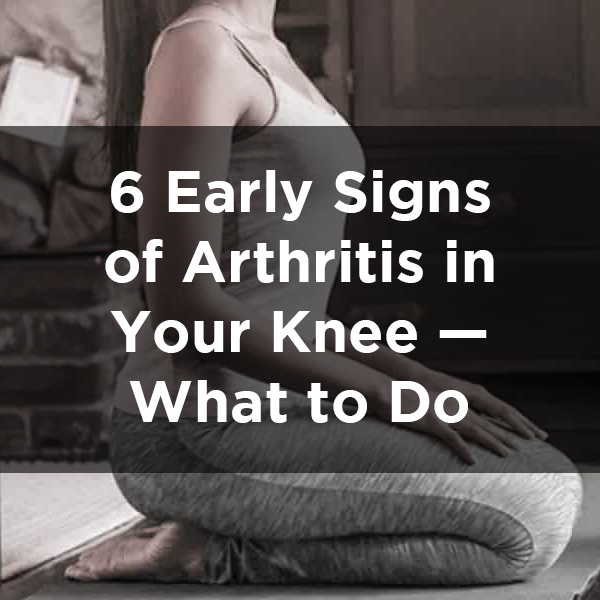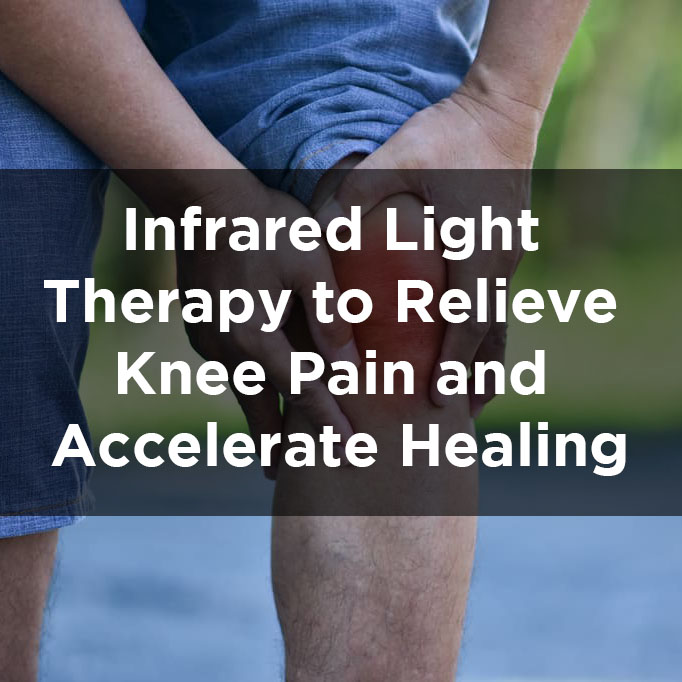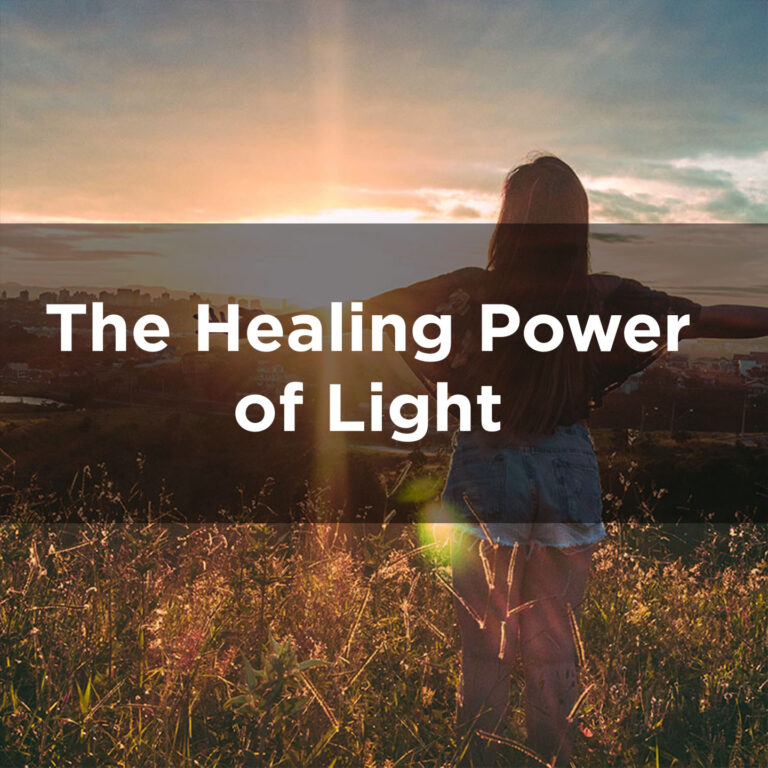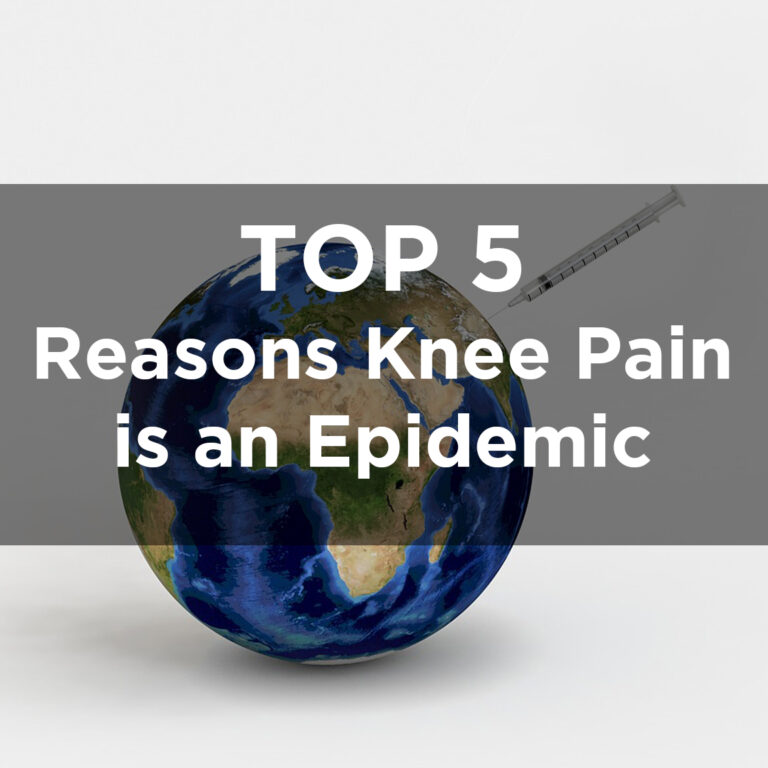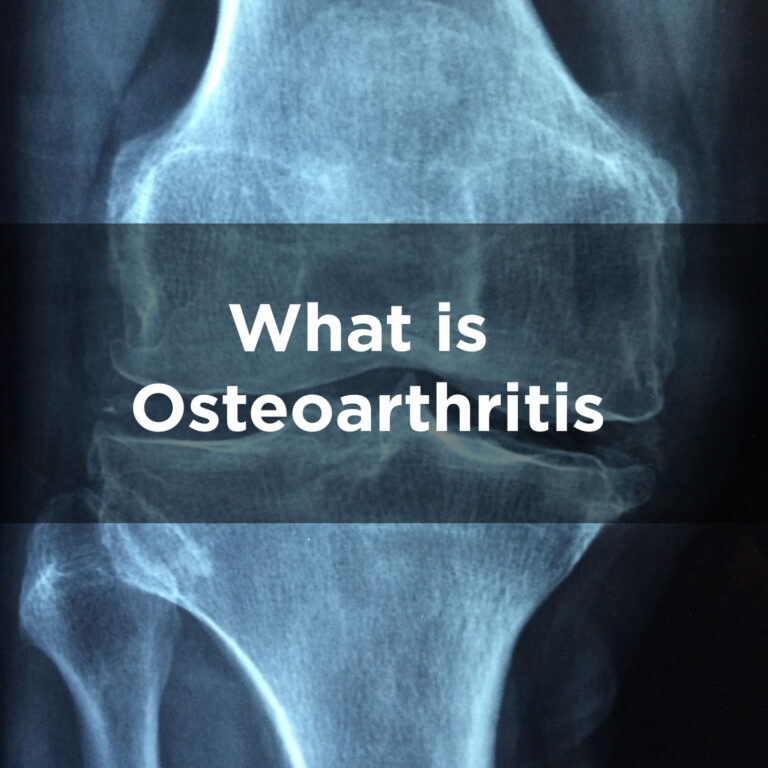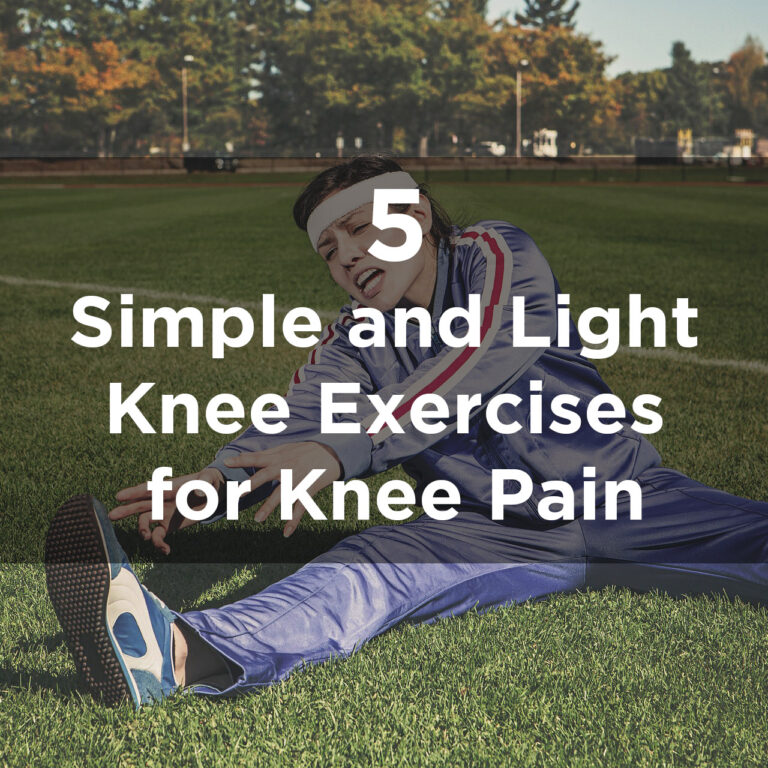There are many forms of arthritis that are given different names. It is said that there are over a hundred types of arthritis and the most common types of arthritis in the knee are osteoarthritis (OA) and rheumatoid arthritis (RA).

What Is Osteoarthritis?
Osteoarthritis is the most common form of arthritis. It is a degenerative condition of your joints that can happen in any part of the body—hands, legs, hips, knees.
Although degeneration of the joints is often described as “wear and tear”, it is really much more than just wear and tear. Severe deficiency of certain nutrients can contribute to the breakdown of the cartilage (the smooth cushion tissues between bones).
When the cartilage breaks down or is damaged, one may feel pain, stiffness or swelling. In more severe cases, it may reduce movements and functionality.
What Is Rheumatoid Arthritis?
Rheumatoid arthritis is much more complicated than osteoarthritis. RA is an autoimmune and inflammatory disease that cause damage and inflammation to joint tissue.
This tissue damage can often be long-lasting and difficult to treat, resulting in chronic pain, stiffness and swelling.
In most cases, the damage can lead to deformity at the joints and cause debilitating pain.
Prevention Is Better Than Cure
Mainstream healthcare is still not able to reverse nor cure any form of arthritis, but can only prescribe medications and painkillers to relieve pain.
While the painkillers do offer relief, they are only good while they last. The inflammation and the damage are still there and the conditions don’t just heal by themselves.
We have seen many cases of arthritis going from bad to worse with cortisone shots or surgeries. Although in some cases of surgeries, things might improve, they are not without risks.
Although arthritic conditions can be reversed using traditional and alternative methods, they are difficult and often challenging. The best advice is often that “prevention is better than cure”.
In order to prevent, you need to notice early warning signs that your body is telling you, and take heed.
6 Early Signs Of Arthritis In Your Knee
Although arthritis can attack any part of your body, on this site we will focus on arthritis in your knee and how you can prevent, relieve and possibly reverse the conditions.
1. Your Knee Locks And Buckles
A damage or degeneration in the knee structure can lead to knee-locking or buckling. The knee lock may occur for a moment to a few minutes, due to various reasons.
Although there are various factors that could cause a knee lock, arthritis is definitely one of them.
2. Your Joints Clicks Or Pops
When you sit down or stand up, you may feel a grinding sensation, hear a click or popping sound. The scientific name for this condition is “crepitus”.
Due to wear and tear, injury or inflammation, some of the cartilage may be damaged resulting in rough surfaces and development of bone spur.
When you bend or straighten your knee, the rough surfaces rub against each other. This may also cause some pain in the knee. This is another symptom of arthritis.
3. Soreness And Stiffness In The Joints
Soreness and stiffness in the knee are common complaints of an arthritic patient.
They may often experience soreness and stiffness early in the morning or when the weather is cold. If the stiffness is not caused by a known injury, and stays for longer than 30 minutes, suspect osteoarthritis.
4. Swelling Or Water On Your Knee
When knee cartilage is damaged or wears away, the bones rub together causing an irritation. In some cases, this rubbing can lead to the production of excess joint fluid that results in knee swelling.
As with other knee condition, these common factors can result in swelling knee or water on knee: Injury, arthritis or inflammation (such as gout).
5. Knee Pain Or Tenderness
Knee pain may come and go. Different sufferers may experience different degree of pain—they may be described as dull and aching, or sharp and intense.
With arthritis, knee pain may get worse when doing certain activities that put additional strain on the joints, such as more bending of the knees.
6. Reduced Range Of Motion
Arthritis reduces your knee’s range of motion, making it stiff and less flexible as it should. In more serious cases of arthritis, it may be difficult to completely bend or straighten the knee.
Early Recognition Of Arthritis In Your Knee
If you encounter any of these early warning signs as mentioned above, suspect arthritis in your knee. You can dramatically slow down or reverse the progression of arthritic symptoms.
Lifestyle Modifications To Support Your Healing
It is advisable to support the healing of your knee problem by simple lifestyle modifications:
- Cut out all processed and junk foods from your diet—they cause inflammation!
- Limit consumption of carbs (and sugar) in your diet, including rice, pasta, bread, pastries, cakes—they are the number one cause of inflammation in the body, and retard healing in your body.
- Use spices and vinegar in your cooking whenever possible. These are highly healing condiments that are easy to integrate in your healthy diet.
- Lose weight. If you observe the above three points for at least two weeks, you can and will lose some weight, including water retention in your legs.
- Do light-weight exercises such as “taichi” and other stretching exercises. You may refer here for our 5 simple and light knee exercises.
- Use Kneelepad once or twice a day for at least 20 minutes each time. This can be done while you’re at rest. Applying pure castor oil on the affected area before using Kneelepad enhances the result.
Infrared light therapy is a safe and effective way to reduce knee pain. It is drug-free with no side effects and non-invasive. The beauty of it is, it’s natural and stimulates your body’s regeneration of new cells for healing.

